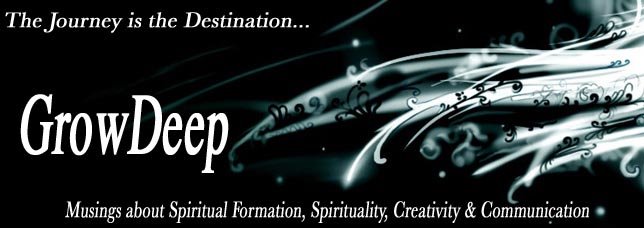
"The first living creature was like unto a Lion" (Revelation 4:7)
"Behold, the Lion of the tribe of Judah, the Root of David, has prevailed..."
(Revelation 5:5)
customs official, or more specifically, a stenographer. Therefore, his job required that he be able to take shorthand. In other words, he was trained to be able to take in an enormous amount of detail and record it into writing. He was a detailed individual and possessed amazing abilities to crunch numbers. We will look at just two of the phenomenal dynamics Matthew has working within his genealogy. These two examples will only deal with numbers. (You can pursue and discover some of the other threads that are hidden from the casual reader on your own.) Read these two carefully and slow, for it may be a bit challenging to not get lost in the details. But what ever you do, don’t bail out, because you’ve got to see the meticulous ingenious layout given to us by Matthew regarding Jesus the King.
At first glance, “the genealogy appears to be a list of people who did a lot of begetting. But there’s something else going on here. The greatest king of the Jews was David. In Hebrew, that’s spelled DVD. D is the fourth letter in the Hebrew alphabet, so it has the numerical value of 4. V is the sixth letter, so it has the value of 6. DVD is therefore 4 + 6 + 4, which gives the name David the number value of 14. Matthew groups the names in his genealogy in groups of . . .14. So a Jew reading the introduction to his book, which is telling something about Jesus’ family, would read king, king, king, king, king. Matthew has an agenda here.” He wants us to see who he thinks Jesus is.
Have you ever noticed the sevens in the Bible? “They occur in over six hundred passages; some are overt, some are simply structural, and some are hidden. The heptadic (the seven-fold) structure seems to act as a signature.Suppose I asked you to write out a genealogy, a family tree. You can make it up as fiction, but there are some rules I want you to follow: 1.The number of words you use must be divisible by 7 evenly.
2. The number of letters you use must be divisible by 7.
3. The number of vowels and the number of consonants you use is to be exactly divisible by seven.
4. The number of words that begin with a vowel you use must be divisible by seven.
5. The number of words that begin with a consonant must be divisible by 7.
6. The number of words that occur more than once must be divisible by 7.
7. The number of words that occur in more than one form must be divisible by 7.
8. The number of words that occur in only one form shall be divisible by 7.
9. The number of nouns must be divisible by 7.
10. Only 7 words shall not be nouns.
11. The number of names must be divisible by 7.
12. Only 7 other kinds of nouns are allowed.
13. The number of male names must be divisible by 7.
14. The number of generations must be divisible by 7.
Could you compose a candidate draft that would meet all of these rules? As you’ve probably guessed, this is the genealogy of Jesus Christ in the opening eleven verses in the Gospel of Matthew, in Greek.What’s amazing is that the odds of a random text complying to these constraints is over 40 million to one! (If it took you 10 minutes per draft, and you worked 40 hours a week for 50 weeks per year, it would take over 3,000 years to accomplish this task by random trials.) The point, this is a genealogy like no other, regarding One who in incomparable, His name is Jesus and He is the King of Kings.Portraits of Jesus
Compare the geneaology in Matthew to that which is in Luke. Matthew’s starts with Abraham, while Luke’s starts with Adam. Why did the authors intentionally chose to start where they did and how is that starting point consistent with their portrait of Jesus?
Matthew placed his genealogy as the very first part of his narrative, whereas Luke places the genealogy after Jesus’ birth, childhood, baptism and right before He begins His public ministry. Why do you suppose each one placed it where they did? (Each of them obviously put it where they put it for a specific reason, it furthers their point of emphasis. How?)
Matthew’s genealogy uses the wording so-and-so begot, while Luke uses the wording so-and-so the son of. Again, why did each choose the wording that they did and how did that particular wording once again subversively reemphasis their portrait of Jesus? Matthew, interestingly includes four women in his genealogy. Each of these four have several things in common. Can you identify any of their commonalities? How could these commonalities also play into the undercurrents of Matthew’s message? How do they also witness to the power of God to preserve His “seed”? (if you haven’t read an interesting story lately, take some time and read the story of Tamar, and ask yourself how the narrative demonstrates God’s connection to bringing about His promised kingdom).

No comments:
Post a Comment